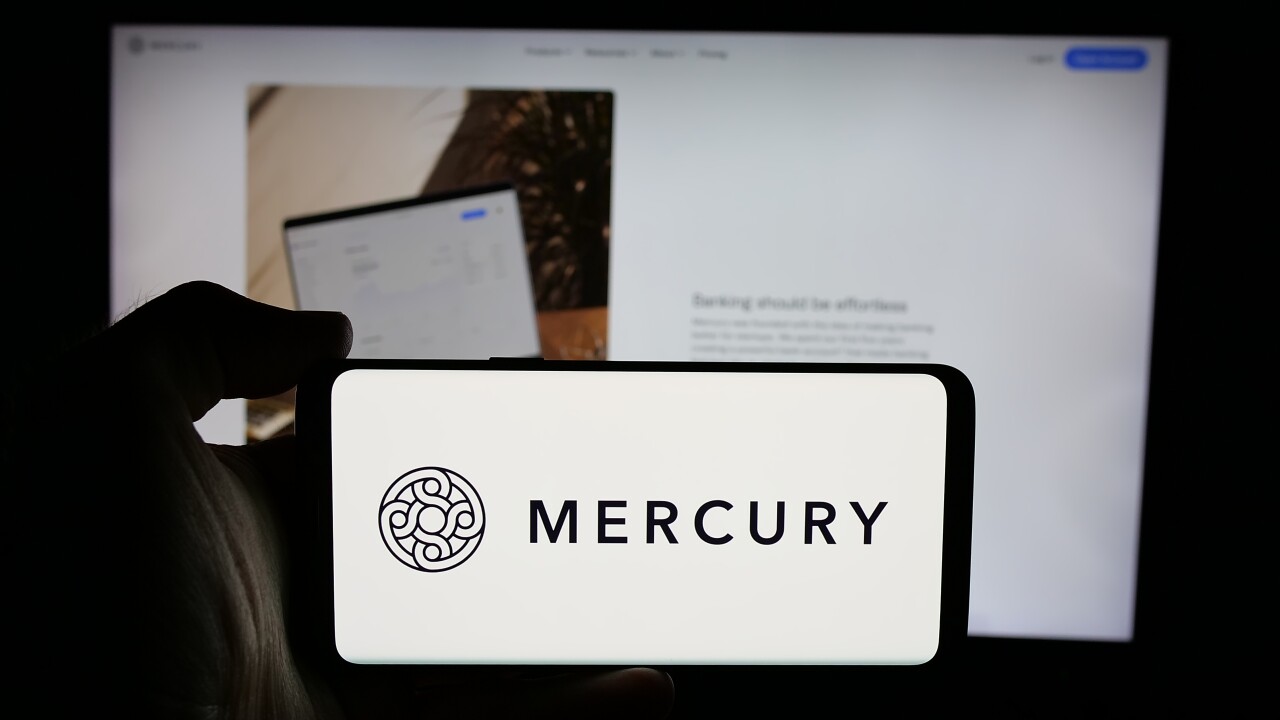-
Forward-thinking companies could get a reputation lift from being first out of the gate with interesting apps. Banks could also be first to help protect customers from the inevitable privacy leaks that the IoT will make possible.
November 19 -
After the early exuberance surrounding Apple Watch, banks and vendors are ramping up testing of bank apps on other wearable devices and everyday objects, preparing for a day in which most everything is connected to the Internet.
May 5
The
Up to now, technological innovations in financial products have been centered on familiar means of consumption through fairly straightforward hardware with screens: a laptop, a smartphone, maybe a watch.
But the rise of IoT — which connects the Internet to a whole variety of physical objects — puts us in relatively unchartered territory in terms of the means for consumers to access financial services. With the prospect of every physical thing being connected to the Internet, we need to think about how financial products merge into physical products to the point that they are one and the same. We need to do more than champion the standard technological advantages and think critically about the social implications.
First let's start with trying to understand exactly what IoT is. According to the
As IoT grows, fewer and fewer devices will have the traditional screen so central to how we build financial software today. IoT is both physically tiny — think the radio-frequency chips in currency notes — and massive, like smart security systems on Wall Street. It creates a relationship between the physical and the digital that's never been seen before. That closer relationship has a significant effect on the collecting and exchanging of data.
We already saw a huge growth in data transmission and collection when screen-based devices were connected to create the Internet. Now imagine what that growth will look like when every physical thing has an Internet connection. Will all IoT technologies produce mountains of data? No. But the data they do produce will almost certainly become another massive stream contributing to the big data river. The Ohio to the Mississippi, if you will.
As that stream merges into the river, financial services companies exploring IoT technologies need to think about honest, transparent and appropriate data use — as they should for all their products. Much of that starts with user education. IoT and big data are going to dovetail deeply, feeding each other's growth to create even more connectedness. Financial services companies that recognize this convergence and prioritize education and transparency will establish trust with their customers and find IoT success in the long run.
Early in the first digital revolution, few conceived of the privacy and security issues we now face on a regular basis. Yet companies have tried to adapt. For example, Internet companies developed smarter spam filters in response to consumers having sent sensitive account information to email phishers that they thought they were sending to banks.
Security and data privacy must be primary features of fintech products on the IoT rather than afterthoughts that are developed to react to attacks. This will be even more crucial for physical objects than it was for screen-based devices if one considers the out-of-sight nature of embedded devices and the sensitivity of financial data. A screen doesn't make a technology any more or less secure, but when users are actively interacting with a screen, we can generally assume that they are more cognizant of what they're doing.
And with IoT, it's likely that things we traditionally think of as being very private or personal will be turned into data. A non-IoT example? The streaming audio service that automatically posts what you're listening to on your Facebook feed. Maybe I don't want everybody knowing I listen to Milli Vanilli three times a day, for instance. A hypothetical IoT example might be your refrigerator sharing what you take out of it. Does a third-party financial app need to know that? As data transmits and is collected and is analyzed by companies, motivations can vary widely.
How the individual consumer controls what financial data is available, and to what parties, is just one of the questions financial companies need to answer before their products become even more implanted in the connected world.
Shahrukh Tarapore is the head of engineering at





